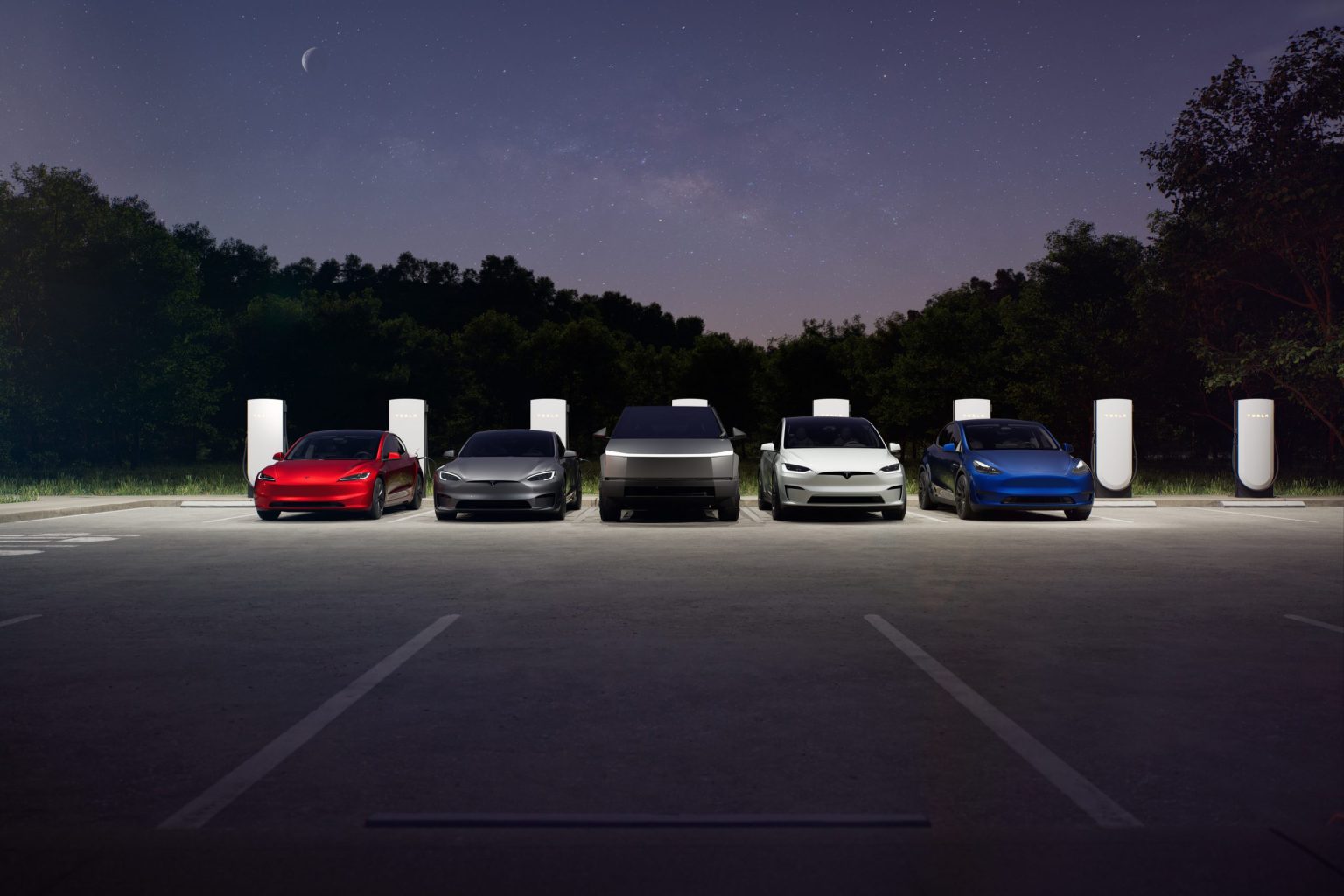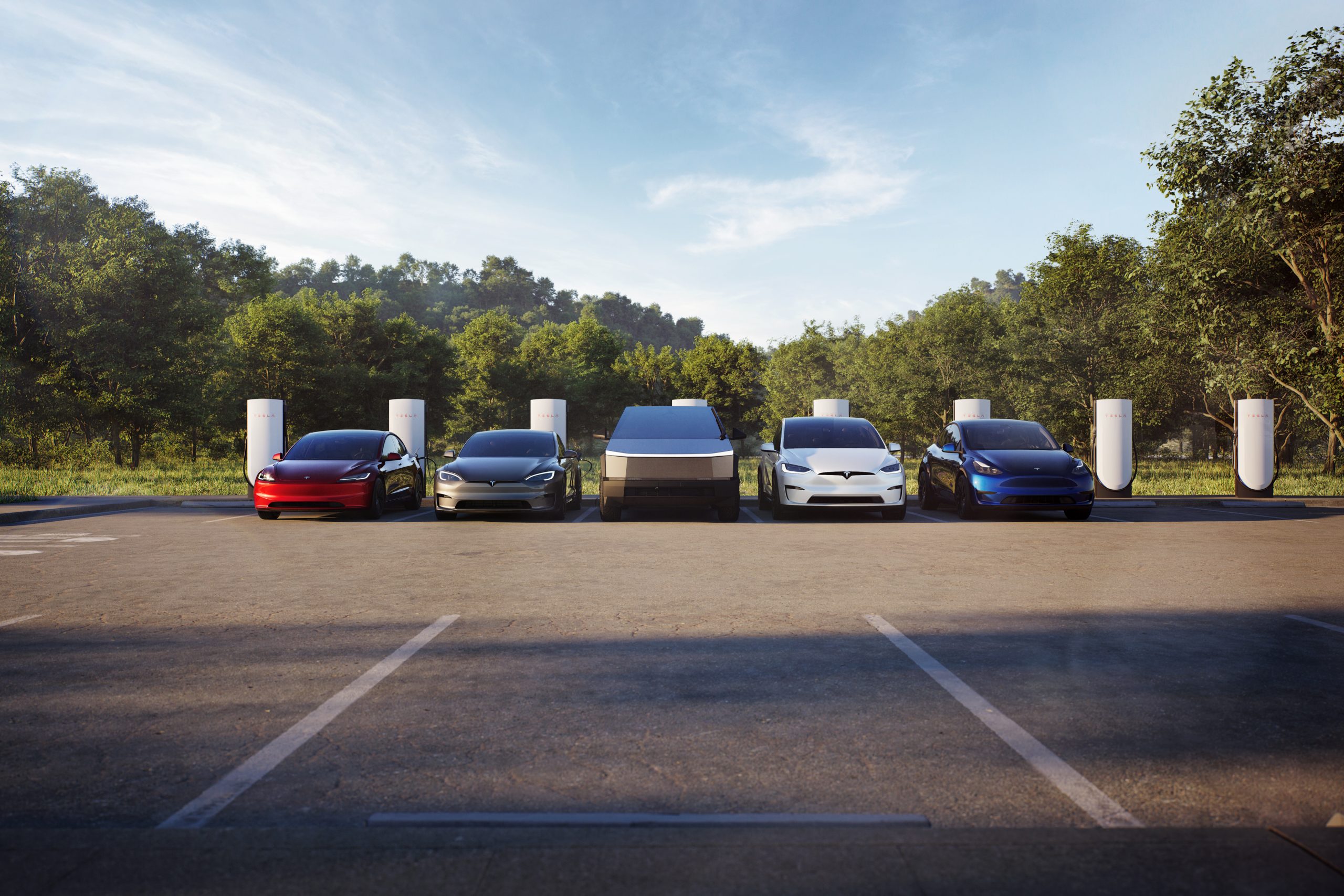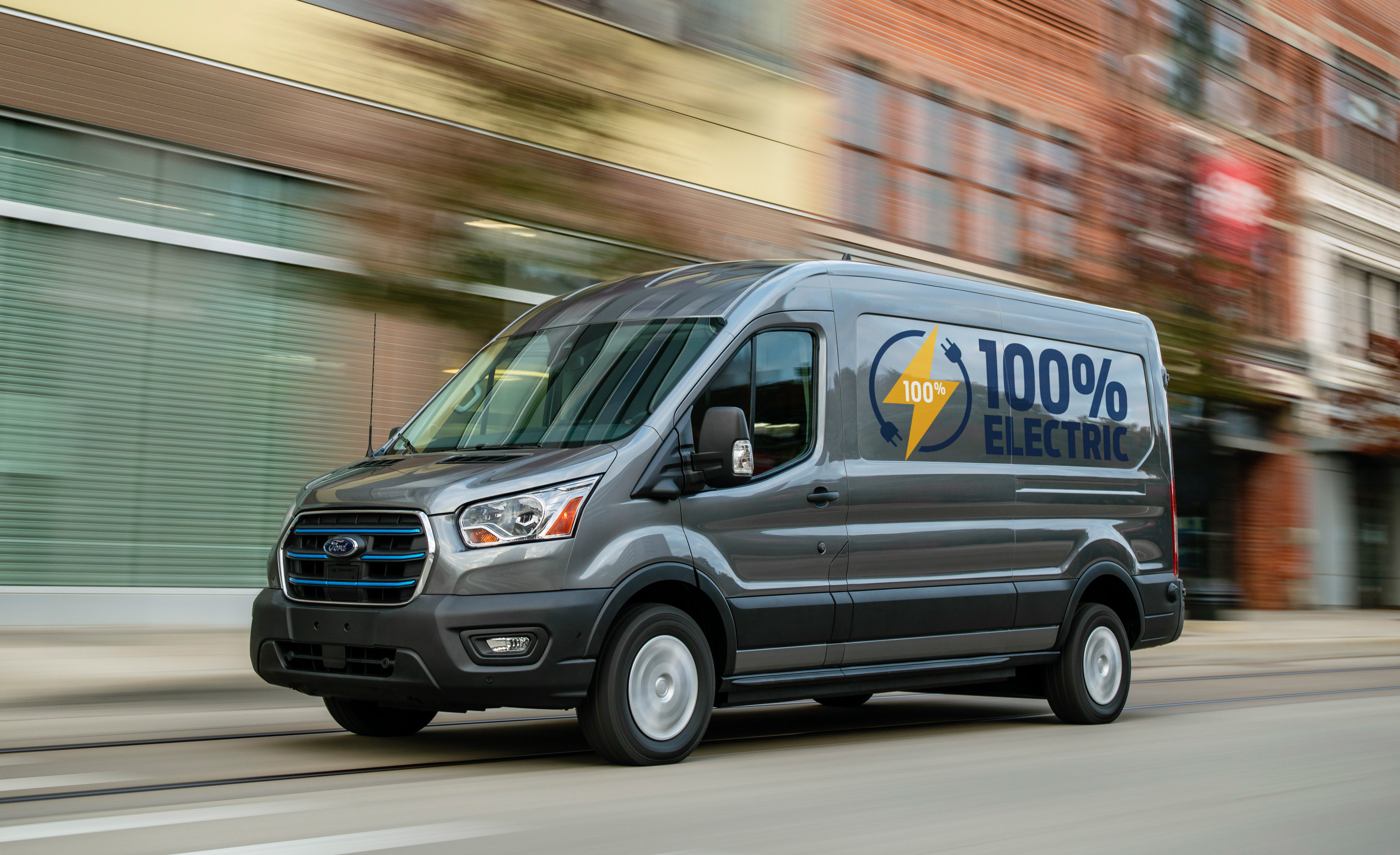Cadillac CT4 and CT5 to Be Discontinued After 2026, But CT5 Will Return
Reports on manufacturing, labor and earnings with clear, practical context. Drives a Tesla Model 3 RWD; family hauler is a Volvo XC60.
Cadillac recently announced that the CT4 and CT5 sedans will be discontinued after the 2026 model year. However, there is a silver lining for fans of the CT5, as the automaker plans to introduce a next-generation model that will still feature an internal combustion engine and will be manufactured in Lansing, Michigan.
The announcement came via a post on the Cadillac V-Series Club website, credited to John Roth, Vice President of Global Cadillac. The post confirmed the discontinuation of the current CT4 and CT5 models by the end of the 2026 model year. Production of the CT4 will cease by June 2026, while the CT5 will continue until later that year. Despite the end of these models, Cadillac has assured that the legacy of the CT5 will continue with a new internal combustion engine vehicle. This news has been met with mixed reactions from enthusiasts, particularly those who have cherished the CT4-V Blackwing and CT5-V Blackwing models, both of which have consistently appeared on Car and Driver's 10Best list.
While details about the next-generation CT5 remain scarce, Cadillac's commitment to retaining a gas-powered engine is significant. The new model's production location at the Lansing Grand River Assembly Plant ensures continuity, as this is where the current CT4 and CT5 are assembled. There is speculation about whether the new CT5 will retain its sedan form or adopt a different body style. Additionally, the powertrain options remain a mystery, though there is hope among enthusiasts that Cadillac will find a way to keep the V-8 engine alive in the high-performance variant, given its popularity in the CT5-V Blackwing.
General Motors, Cadillac's parent company, has already made a significant investment in its Tonawanda Propulsion Plant. Earlier this year, GM announced an $888 million investment aimed at developing a next-generation V-8 engine, primarily for future full-size trucks and SUVs. However, this investment might also benefit the next-generation CT5, potentially allowing Cadillac to continue offering a V-8 option in the future. This move aligns with GM's broader strategy of balancing traditional and electric powertrains, as the company continues to invest in both areas.
Looking ahead, Cadillac's strategy reflects a nuanced approach to transitioning towards electrification while still catering to the desires of performance car enthusiasts. The continuation of the CT5 in a new form suggests that Cadillac is keen to maintain its presence in the luxury sedan market, even as the automotive industry undergoes rapid changes. Enthusiasts and potential buyers will be keeping a close watch for more details about the new CT5, especially regarding its design, powertrain options, and performance capabilities. As Cadillac navigates this transition, the future of the CT5 remains one of the most anticipated developments within the brand's portfolio.
About Priya Nair
Reports on manufacturing, labor and earnings with clear, practical context. Drives a Tesla Model 3 RWD; family hauler is a Volvo XC60.



